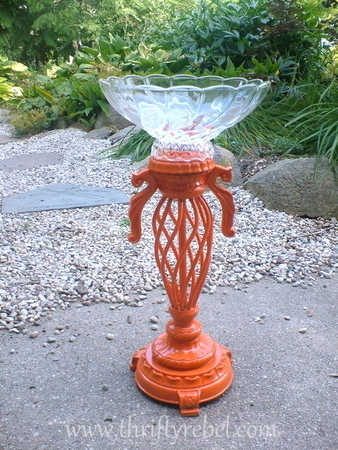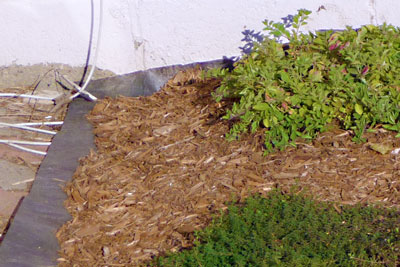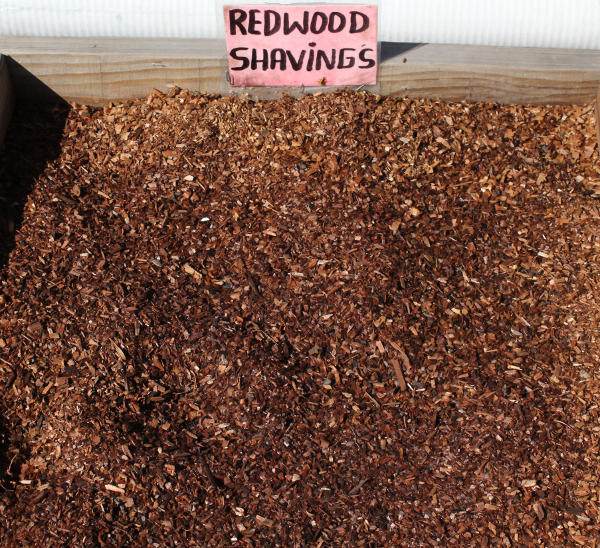Red Wood Chips: The Ultimate Guide To Using This Beautiful And Beneficial Mulch
Title: Red Wood Chips: The Ultimate Guide to Using This Beautiful and Beneficial Mulch
Introduction:
Red wood chips are a beautiful and beneficial mulch that can add a touch of elegance to any garden. They are also highly functional, helping to suppress weeds, retain moisture, and improve soil health.
In this blog post, we will discuss the benefits of using red wood chips in your garden, as well as how to choose the right type and quantity of mulch for your needs. We will also provide some tips on how to install and maintain your red wood chip mulch bed.
Body:
Benefits of Red Wood Chips
There are many benefits to using red wood chips in your garden. Here are just a few:
- Suppresses weeds. Red wood chips create a physical barrier that prevents weeds from germinating. They also help to shade the soil, which further inhibits weed growth.
- Retains moisture. Red wood chips help to retain moisture in the soil, which is especially important during hot, dry weather. This can help to keep your plants healthy and prevent them from wilting.
- Improves soil health. Red wood chips break down over time and add organic matter to the soil. This helps to improve the drainage, aeration, and water-holding capacity of the soil, which can benefit all of your plants.
- Attracts beneficial insects. The red color of red wood chips attracts beneficial insects, such as ladybugs and lacewings. These insects help to control pests in your garden, which can save you time and money on pest control products.
Choosing the Right Type of Red Wood Chips
There are two main types of red wood chips: shredded and ground. Shredded red wood chips are larger and have a more natural appearance. Ground red wood chips are smaller and have a more uniform appearance.
The type of red wood chip that you choose will depend on your personal preference and the needs of your garden. If you are looking for a mulch that will suppress weeds and retain moisture, then shredded red wood chips are a good option. If you are looking for a mulch that is easy to spread and has a uniform appearance, then ground red wood chips are a good option.
How Much Red Wood Chip Mulch to Use
The amount of red wood chip mulch that you need will depend on the size of your garden bed. A good rule of thumb is to use 2-3 inches of mulch.
Installing and Maintaining Your Red Wood Chip Mulch Bed
To install your red wood chip mulch bed, simply spread the mulch over the desired area to a depth of 2-3 inches. Be sure to keep the mulch away from the stems of your plants.
To maintain your red wood chip mulch bed, simply top up the mulch as needed. You may also need to rake the mulch occasionally to keep it free of debris.
Conclusion
Red wood chips are a beautiful and beneficial mulch that can add a touch of elegance to any garden. They are also highly functional, helping to suppress weeds, retain moisture, and improve soil health.
If you are looking for a mulch that is both attractive and functional, then red wood chips are a great option.
Redwood wood chips are a great way to add beauty and functionality to your yard. They help to suppress weed growth, keep water in the soil, and regulate soil temperatures. If you're interested in learning more about redwood wood chips, I recommend visiting Garden Wiki. This website has a wealth of information about redwood wood chips, including their benefits, how to use them, and where to buy them.
FAQ of red wood chips
- What are red wood chips?
Red wood chips are a type of organic mulch made from the ground-up trunks and branches of redwood trees. They are a popular choice for use in gardens and landscaping because they are attractive, durable, and help to suppress weed growth.
- What are the benefits of using red wood chips in my garden?
Red wood chips offer a number of benefits for gardens, including:
* Suppressing weed growth: Red wood chips create a thick layer that blocks sunlight, which helps to prevent weeds from germinating.
* Conserving water: Red wood chips help to retain moisture in the soil, which can help to reduce your irrigation needs.
* Improving soil aeration: The coarse texture of red wood chips helps to improve soil aeration, which can help to promote root growth.
* Adding nutrients to the soil: Over time, red wood chips will decompose and add nutrients to the soil.
* Attracting beneficial insects: Red wood chips can attract beneficial insects, such as ladybugs and spiders, which can help to control pests.
- How do I use red wood chips in my garden?
To use red wood chips in your garden, you will need to:
* Choose the right type of red wood chips: There are two main types of red wood chips: coarse and fine. Coarse chips are better for suppressing weed growth, while fine chips are better for improving soil aeration.
* Apply the red wood chips correctly: Red wood chips should be applied in a layer that is 2-4 inches thick. If you apply them too thickly, they can smother your plants.
* Water the red wood chips: After you apply the red wood chips, you will need to water them thoroughly. This will help them to settle and prevent them from blowing away.
- What are the drawbacks of using red wood chips?
There are a few drawbacks to using red wood chips in your garden, including:
* They can be expensive: Red wood chips can be more expensive than other types of mulch.
* They can attract termites: Red wood chips can be a food source for termites, so if you live in an area with termites, you may want to choose a different type of mulch.
* They can stain: Red wood chips can stain concrete and other surfaces, so you will need to be careful where you apply them.
- How long do red wood chips last?
Red wood chips will last for several years, but they will eventually decompose. The rate at which they decompose will depend on the climate and how thickly they are applied.
Image of red wood chips
- Red wood chips in a garden. This image shows a pile of red wood chips in a garden. The chips are a deep red color and have a rustic texture.

- Red wood chips as mulch. This image shows red wood chips being used as mulch around a tree. The chips help to retain moisture in the soil and prevent weeds from growing.

- Red wood chips as a walkway. This image shows a walkway made of red wood chips. The chips are a uniform size and color, and they create a beautiful and natural-looking walkway.

- Red wood chips in a birdbath. This image shows a birdbath filled with red wood chips. The chips provide a safe and comfortable place for birds to bathe and drink.

- Red wood chips as a decorative accent. This image shows red wood chips being used as a decorative accent in a flowerbed. The chips add a touch of color and texture to the flowerbed.

- Red wood chips in a terrarium. This image shows red wood chips being used in a terrarium. The chips provide a natural-looking substrate for plants and animals.

- Red wood chips as a pet bed. This image shows a pet bed made of red wood chips. The chips are soft and comfortable for pets to sleep on.

- Red wood chips as a fire starter. This image shows red wood chips being used as a fire starter. The chips are highly flammable and can be used to start a fire quickly and easily.

- Red wood chips as a weed barrier. This image shows red wood chips being used as a weed barrier. The chips prevent weeds from growing by blocking out sunlight.

- Red wood chips as a soil amendment. This image shows red wood chips being used as a soil amendment. The chips help to improve the drainage and aeration of soil.

Post a Comment for "Red Wood Chips: The Ultimate Guide To Using This Beautiful And Beneficial Mulch"